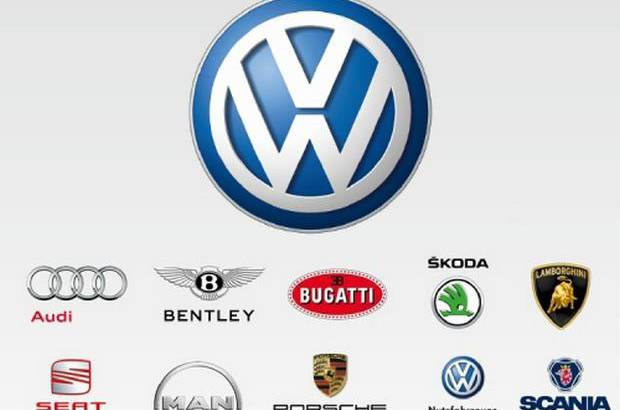Who said Dieselgate scandal was going to bury Volkswagen Group was so wrong. The German Group was never better. And the sales registered in the first six months of this year are here to prove that.
In total, deliveries for the first half of 2016 ran at 5.12 million units, representing an increase of 1.5 percent over the corresponding prior-year period. While the regions of Europe and Asia-Pacific continued to show solid growth, deliveries in the North America region were slightly down on the prior-year level. The South America region recorded a further decrease.
In Europe, the Volkswagen Group handed over 2.20 million new vehicles to customers in the first six months, representing an increase of 3.8 percent over the corresponding prior-year period. There were positive developments in both Western Europe (+3.3 percent) and Central and Eastern Europe (+6.7 percent). Momentum in Western Europe was particularly strong in Italy and Spain, with Poland and the Czech Republic providing the main impetus in Central and Eastern Europe. Deliveries in Russia stabilized in the second quarter. 14,500 vehicles were handed over to customers there in June – a rise of 0.9 percent.
In the North America region, deliveries by the Volkswagen Group in the first half of the year were slightly down on the prior-year level, running at 444,100 units (-1.6 percent), of which 76,900 vehicles were handed over to customers in the month of June (-4.3 percent). In the South America region, 223,800 vehicles were delivered to customers in the first six months (-24.7 percent). Deliveries in the region continued to decline as a result of the continued tense economic situation, particularly in Brazil.
In the Asia-Pacific region, the Group recorded solid growth in the first two quarters. 333,300 vehicles were handed over to customers in this region in the month of June, representing an increase of 15.0 percent compared with the prior year. The main impetus came from China (+18.7 percent). 2.04 million vehicles were delivered in the Asia-Pacific region in the year to June – an increase of 5.1 percent.



